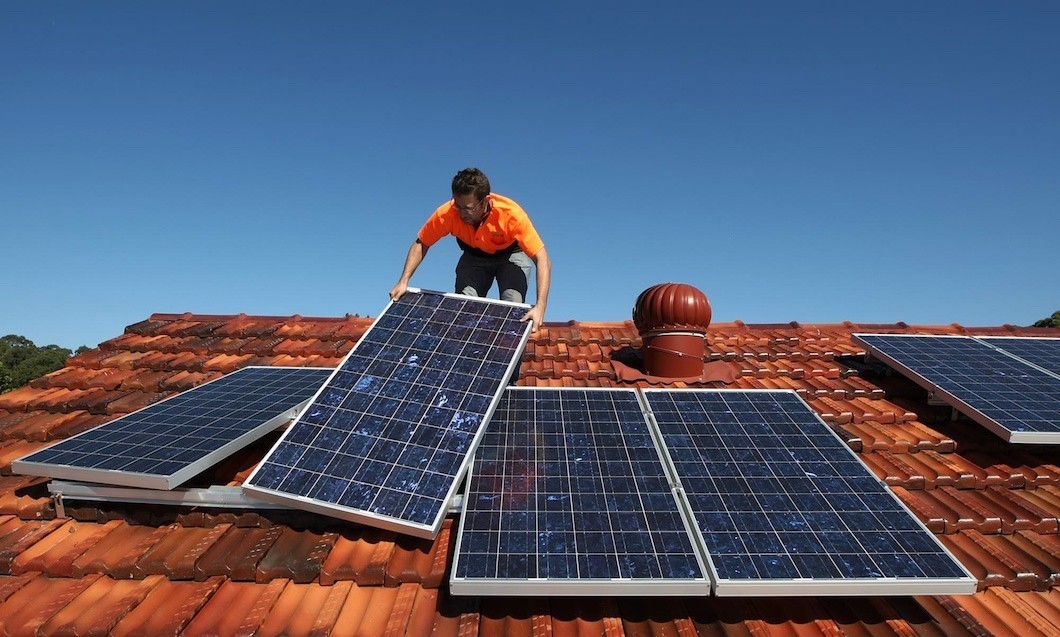Thailand’s Energy policymakers recently announced plans to allow the private sector more access to promote solar power in the Kingdom. But restricting the program to just 100 MW of roof-top installations runs counter to emerging advice from within and experience from abroad, that solar power, and renewables generally are the way forward— not the large, unnecessary energy projects at home and in neighboring countries now driving Thailand’s energy policy.
At the core of this transition is debunking the myth of what’s known as base load: managing that minimal amount of power that is needed 24 hours a day to meet demand. Since electricity demand fluctuates hourly, with peak production in the afternoon when offices, air conditioners, and factories are in full operation, versus the wee hours of the morning when things are more cool and quiet, some power plants run all day long and others just supplement supply when electricity needs rise. Traditional fossil fuel plants have longtime been advanced to service this base load, and Thailand is no different. But techniques in demand management and the ability of solar in particular to meet the high demands during the day can reduce the need for these plants.


